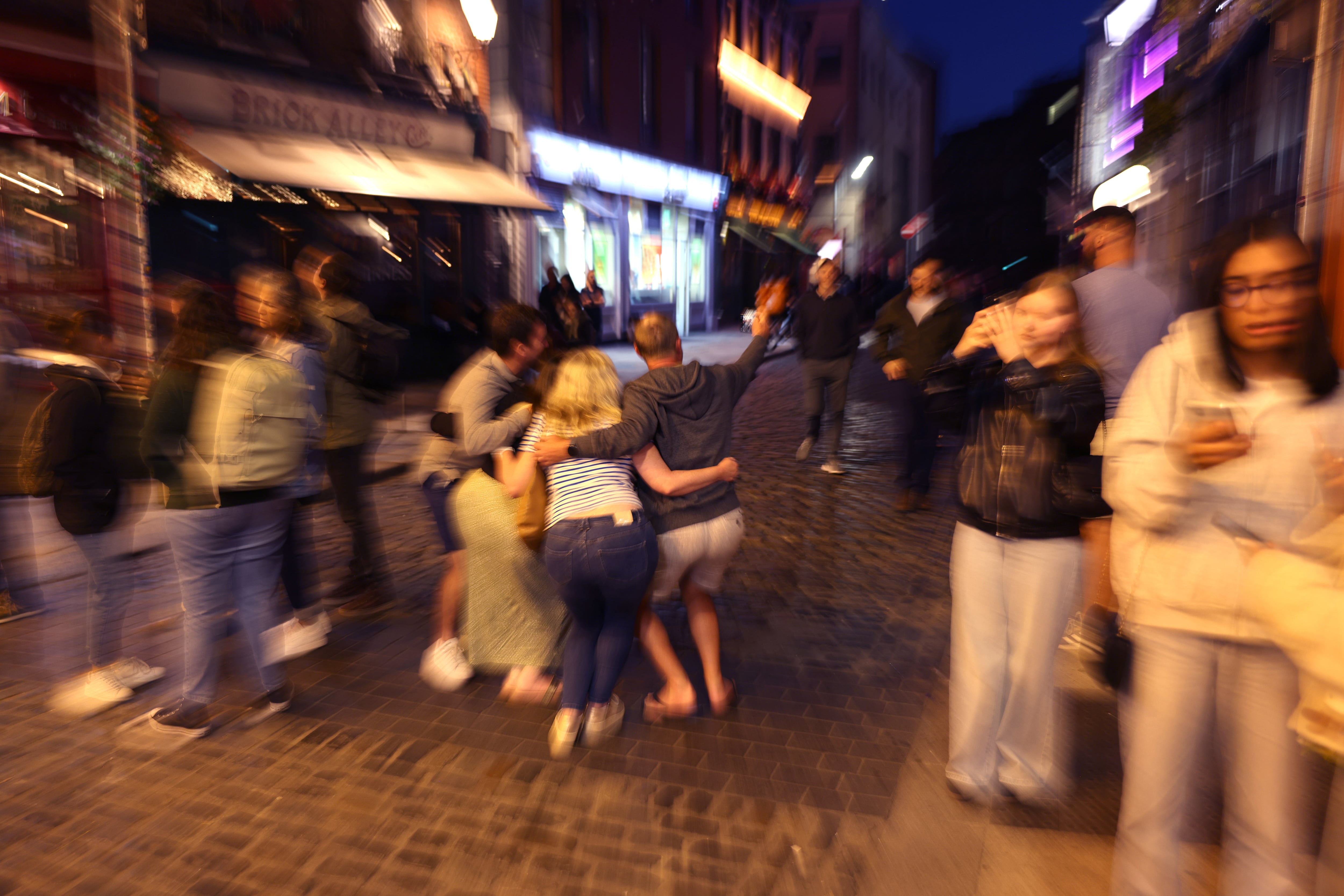The higher-level history paper provided students with choice and time, and the adjustments should be made permanent, according to Susan Cashell, history teacher at The Institute of Education.
“It was a paper for the well prepared higher-level student,” Ms Cashell said.
Jamie Dockery, a teacher at Tyndall College in Co Carlow, agreed that amendments made to this year’s exam following the Covid 19 pandemic have made a decent grade in this exam much more achievable.
“This has been very much welcomed by both teachers and students,” said Mr Dockery, who is also a Studyclix.ie subject expert for history. “The exam has often been criticised for being a race against the clock, but this was not the case this summer.”
READ MORE
Ms Cashell said that, similarly to last year, students only had to answer the documents based question (DBQ) and write two essays. Normally they have to answer the DBQ and write three essays.
This meant candidates had one hour for each essay and 50 mins for the documents based question.
“The added time is such a bonus it should be adopted permanently,” she said.
Ms Cashell said the compulsory document based question on Coleraine was straightforward, provided that students knew the key words autobiography and objective.
“Some students might have been surprised by the contextualisation question 4 that didn’t just concentrate on Coleraine but asked for other issues that contributed to tension in Derry in the 1960′s,” Ms Cashell said.
[ Examwatch 2022: Reaction to Junior Cycle and Leaving Cert exams ]
This year, students only had to answer two essay questions instead of three.
“This would have given them time to answer the good choice of lovely survey questions in the US section such as the strengths and weaknesses of the US economy 1945-89 and developments in race relations 1945-89,” Ms Cashell said.
Ms Cashell said that the dictatorship section, which is popular among students, provided sufficient choice, although those who had studied Stalin had to be careful to note that the question included peace and war.
“The sovereignty section, which also proves popular, was more limited. There was a good question on factors that contributed to partition but it was not a question to attempt unless you have done it before.
“The question on the case study of the Eucharistic congress was on its impact and some students might find it difficult to write enough on that subject,” Ms Cashell said.
Mr Dockery said section two of the higher level exam was not as straightforward but still presented candidates with some good opportunities.
“Students banking on the reliable ‘Hitler question’ in the dictator and democracy topic will have been left disappointed with their offering here: ‘Why did Italy and/or Germany embrace dictatorship in the inter‐war period?’ Overall however, as a teacher, I couldn’t be much happier with the choices students were given here.”
On the ordinary level paper, Mr Dockery said that students were not burdened with the lengthy essay answers that their Higher Level classmates have to grapple with.
“With the Covid 19 amendments, ordinary Level students have been given even more opportunities to do well as the exam has even more question options than usual.
“Overall, the ordinary level exam was a nice one which gave those students who prepared well the opportunity to achieve a good grade.
“ It was particularly pleasing to see a number of questions related to significant women who contributed to Irish and world history with Isabella Tod, Hanna Sheehy-Skeffington, Evie Hone, Maureen O’Hara, Leni Riefenstahl, Simone de Beauvoir, Margaret Thatcher and Betty Friedan among those making an appearance,” Mr Dockery said.
Try this one at home:
Leaving Cert history, higher level
Dictatorship and democracy in Europe, 1920‐1945: Answer one of the following questions:
Why did Italy and/or Germany embrace dictatorship in the inter‐war period? What were the main social and economic challenges facing Britain during the period 1920‐1939? What were the characteristics of Stalin’s leadership during peace and war? What was the impact of Anglo‐American popular culture on Europe?













